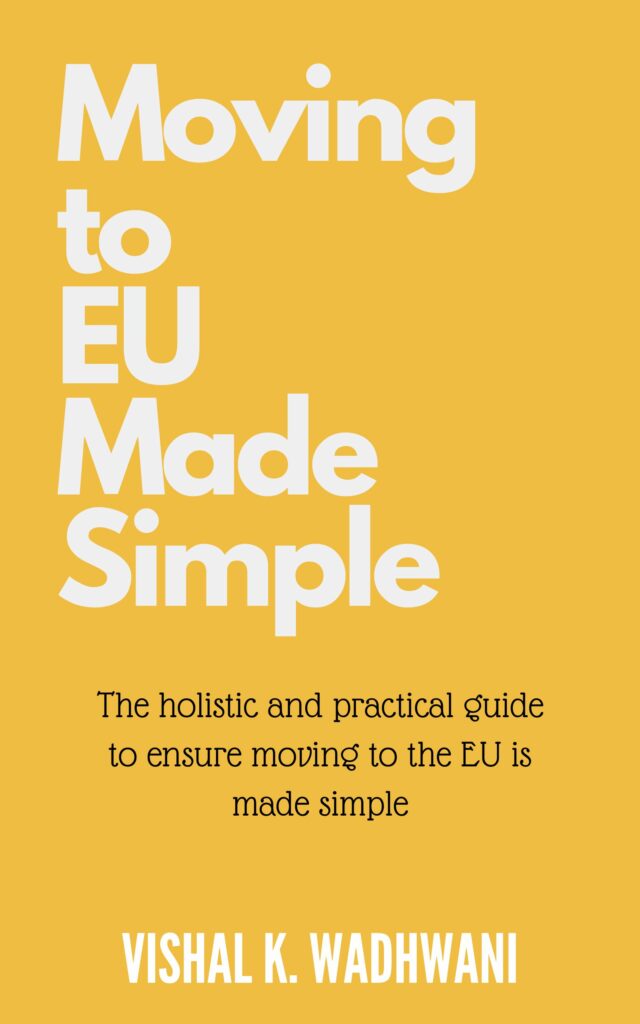Traveling Across Europe with a U.S. Passport: What You Need to Know
Traveling through Europe is a dream for many, especially for U.S. passport holders seeking to explore rich history, stunning landscapes, and vibrant cultures. Whether you’re planning a quick getaway or an extended adventure, understanding the requirements and tips for traveling with a U.S. passport is essential to ensure a smooth and enjoyable trip.
Understanding Entry Requirements for U.S. Passport Holders
As a U.S. citizen, traveling to Europe primarily involves understanding visa requirements, passport validity, and the Schengen Area rules. Most European countries are part of the Schengen Agreement, which allows passport-free travel between member states.
Visa-Free Travel in the Schengen Area
U.S. passport holders can enter the Schengen Area countries for tourism or business purposes without a visa for up to 90 days within a 180-day period. The Schengen Area includes popular destinations like France, Germany, Italy, Spain, and many others.
It’s crucial to keep track of your days spent in the Schengen Area to avoid overstaying, which can result in fines or travel restrictions in the future.
Passport Validity Requirements
Most European countries require your passport to be valid for at least three to six months beyond your planned date of departure. Make sure to check the specific country requirements before you travel. Renew your passport in advance if it’s close to expiration.
Preparing for Your European Trip
Planning Your Itinerary
Europe offers a vast array of destinations to explore. From the romantic canals of Venice to the historic streets of Prague, planning your itinerary will help maximize your experience. Consider the travel time between cities and countries, and leverage Europe’s efficient train networks and low-cost airlines.
Travel Insurance and Health Precautions
Travel insurance is highly recommended when traveling abroad. It covers unforeseen events such as medical emergencies, trip cancellations, or lost luggage. Additionally, check if you need any vaccinations or health certificates for your destination.
Top Tips for U.S. Passport Holders Traveling in Europe
Register with the U.S. Embassy
Enroll in the Smart Traveler Enrollment Program (STEP) to receive travel alerts and make it easier for the embassy to contact you in case of emergencies.
Currency and Payment Methods
While many European countries use the Euro, some have their own currency. It’s wise to have a mix of cash and credit/debit cards. Notify your bank of your travel plans to avoid card blocks.
Language and Cultural Etiquette
Learning a few basic phrases in the local language and understanding cultural norms can enhance your experience and interactions with locals.
What to Do If You Lose Your Passport in Europe
Losing your passport can be stressful, but knowing what to do in advance can ease the process. Contact the nearest U.S. embassy or consulate immediately. They can issue an emergency passport to help you continue your travels or return home.
Conclusion
Traveling around Europe with a U.S. passport is generally straightforward, but thorough preparation is key. By understanding visa rules, passport requirements, and local customs, you can enjoy a hassle-free and memorable European adventure. Start planning your trip today and explore the diverse beauty and culture Europe has to offer! 🌍✈️🗺️

Comments are closed